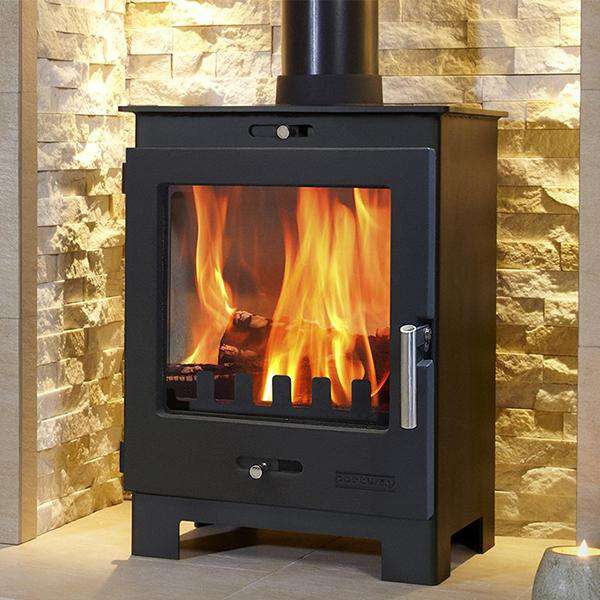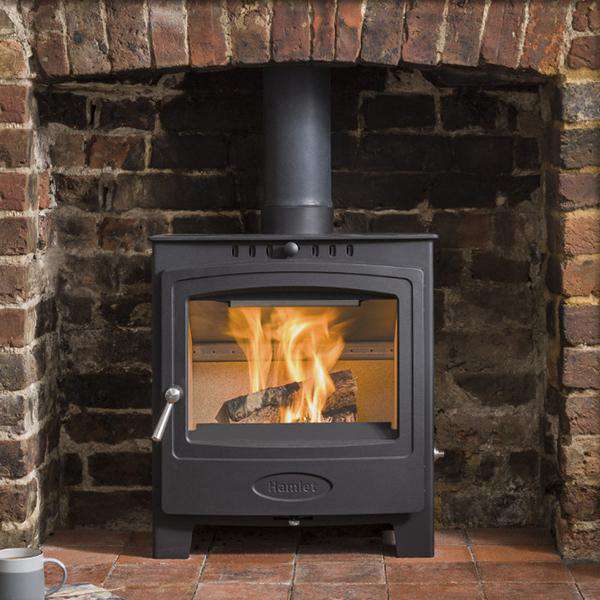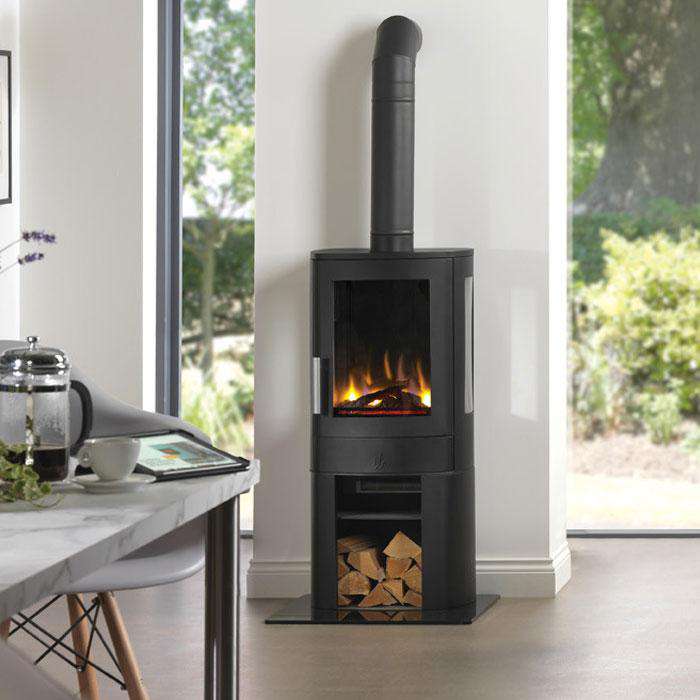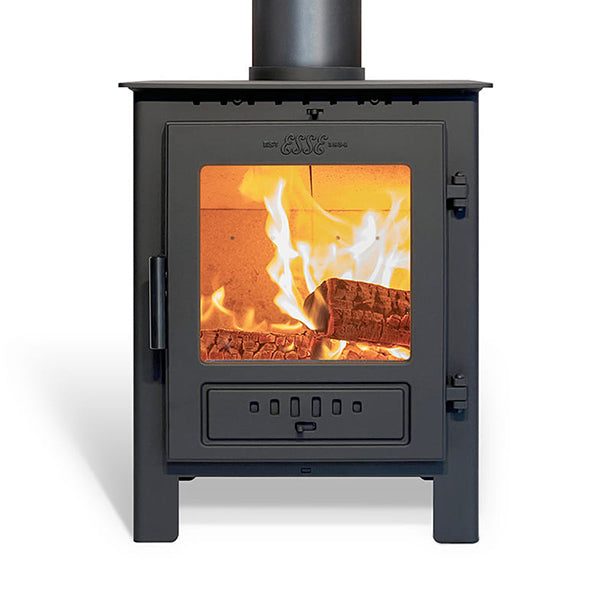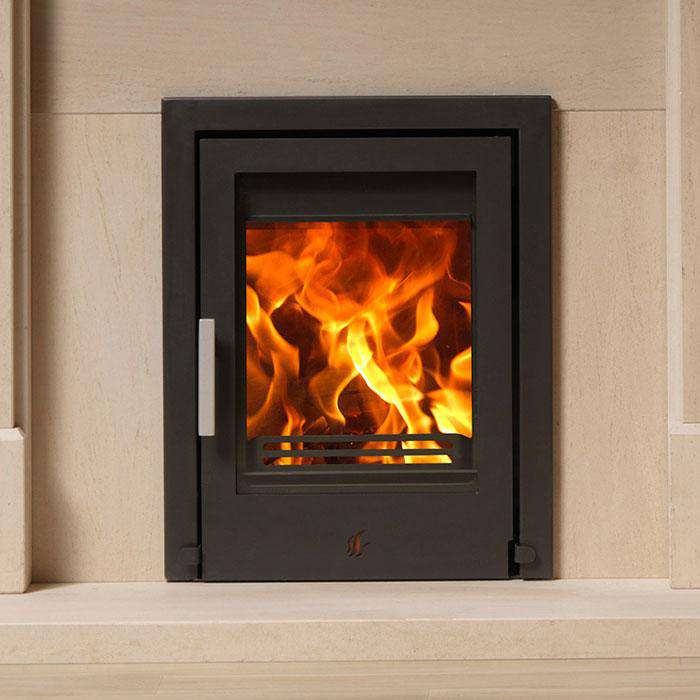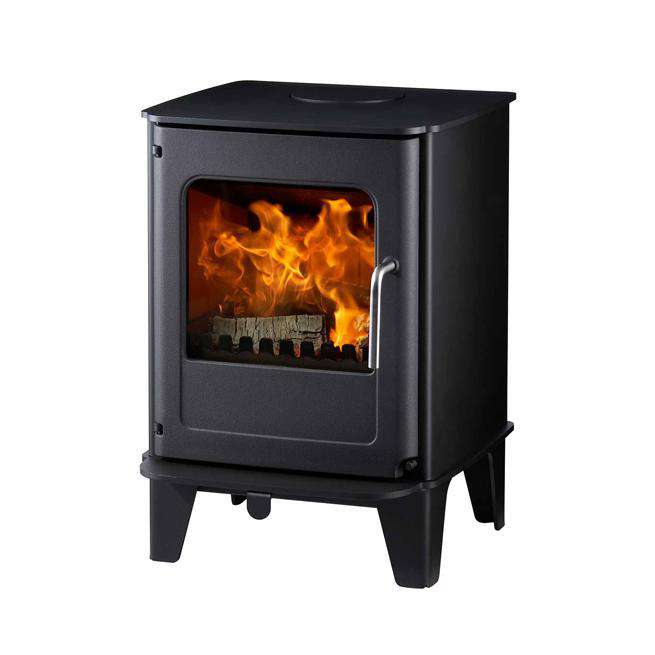What is output power and how accurate is it?
The way in which wood burning stoves and multifuel stoves measure heat output is in kW. If you’ve been browsing for stoves at Stove Supermarket or if you’ve been looking at general heating products then you might have also come across the letters BTU. The BTU rate of a stove is a nice way of letting you know just how much heat your device will kick out and it’s a handy way of helping you decide the correct size of stove for your room of choice. This is really important as the last thing you want to do is to buy a stove that’s too small and doesn’t heat the room correctly or, if it’s too big, you run the risk of overheating.
When looking at heating products such as wood burning stoves, log burning stoves and multifuel stoves you’ll often see BTUs converted in to kWs. The reason for this is that working in kWs throws up a nicer round number but it’s useful to know that and a single kW is around 3400 BTU’s. We’ve taken the hassle out of estimating how many kWs your stove needs to put out with our handy Output Calculator meaning you can see just what is needed and then enjoy picking out the perfect stove for you and your home. All you need to do is enter your room dimensions (you can enter them in metres or feet) and the calculator will give you an idea of the level of output you need to stay nice and toasty. We’ve even provided a quick link to a page that will show all available stoves that match your required kWs. Simple!
Shop 2-5 kW Stoves
What is the difference between Nominal and Maximum output power?
Working out the power that your stove will output is made a little trickier to understand by the fact that stoves have both nominal and maximum heat output ratings.
The nominal output tells you what your stove has been rated at with its accompanying efficiency rating. However, there’s a possibility that this might not be the most heat that you can get out of a stove. This is where maximum output comes in. Max output is the figure we prefer to go by as it tends to be a touch more reliable and it gives you info on the most heat that your stove will produce under test conditions. Naturally, this can vary based on the fuel you use and the general set-up of your room but we think it’s more reliable than the nominal output.
As always, if you have any questions, the team of experts at Stove Supermarket are here to help.
What fuels can I use in my stove and do they make a difference to the heat produced and product lifespan?
It’s important to remember that some of the stoves that we sell are only designed to burn wood and the quality of that wood is also really important.
When it comes to log burning and wood burning stoves we would always recommend using wood that is dry and well-seasoned as any moisture in your wood will need to be burnt away before you start to get any real heat. As well as reducing efficiency, the moisture found in damp wood also runs the risk of causing damage to your stove and flue and ultimately it can cause long term damage and reduce the lifespan of your stove and its consummate parts. If you’re looking to run an efficient stove where you get the most out of the wood you are burning then definitely make sure you are using a good quality hardwood as it burns for longer with different qualities of hardwood offering up different temperatures and burn times.
As well as wood burning stoves and log burning stoves you can also buy multi-fuel stoves which also allow you to burn smokeless fuels. This is handy if you’re looking for a stove that offers a little more flexibility but you also need to be aware of the different types of fuel that can be used.
The main things to take into account with smokeless fuel is that each type has its own unique properties and burning temperatures. Our favourite to use is Anthracite as it’s a natural, smokeless fuel and it burns at a really high temperature, and this allows you to maximise your heat output. One of our top-tips for multifuel stoves is to burn a combination of smokeless fuel and firewood together as it can help your stove in a few different ways. The additional heat from the solid fuel helps to get rid of any moisture still in the logs and it’s also a good way to reduce the build-up if tar and rusting.



